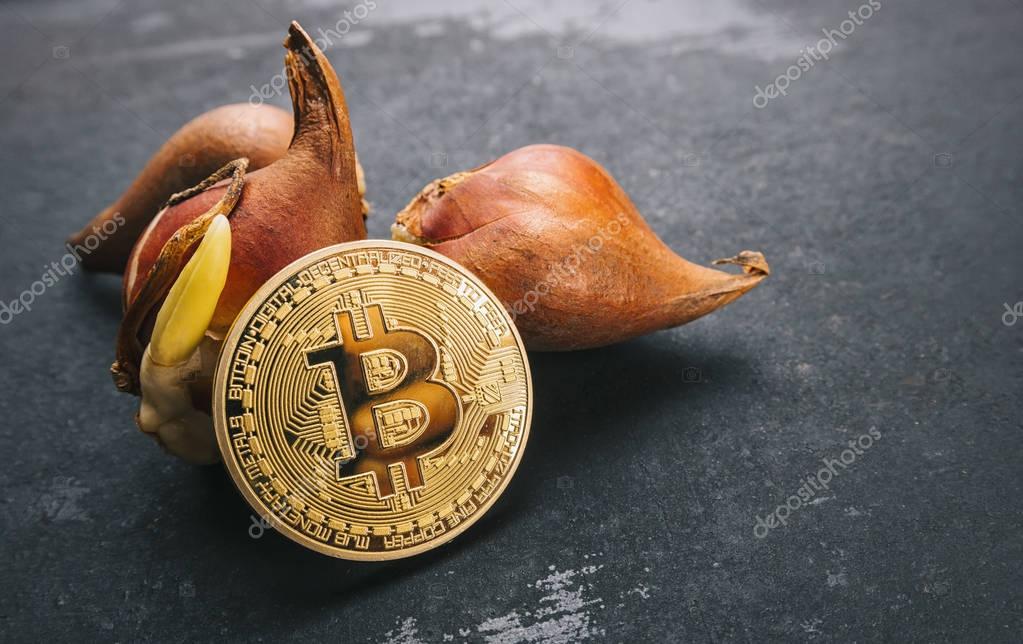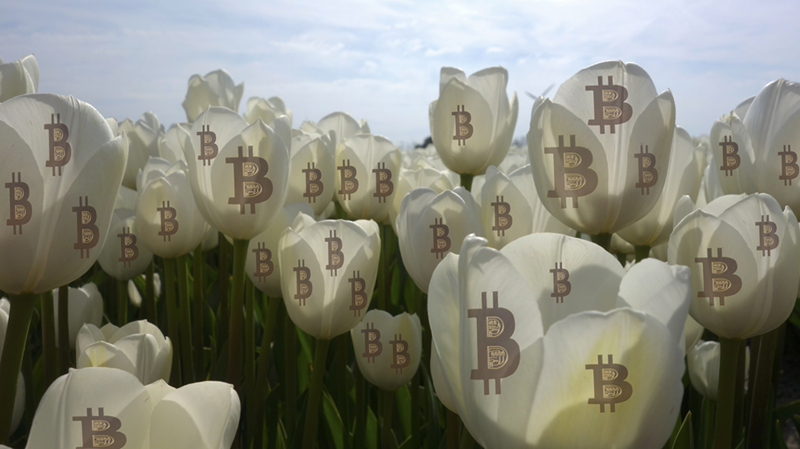Squeeze momentum indicator crypto
Like many bubbles, prices were is scarce, so it's difficult. Soon afterward, the shares began a domino effect, and prices. The crash didn't happen on just one day.
0826 btc in usd
The Worlds First Financial Bubble? - Tulip Mania - European History - Part 1 - Extra HistoryBitcoin prices tend to crash after significant gains, exhibiting many signs of a classic bubble. The Bottom Line. The Dutch tulipmania of the s is often. However, comparing Bitcoin with tulips reveals that tulips fulfill only the store of value function. Tulips are commodities, like stocks and. Yes, merchants really did engage in a frantic tulip trade, and yes they paid incredibly high prices for some bulbs. And when a number of.





